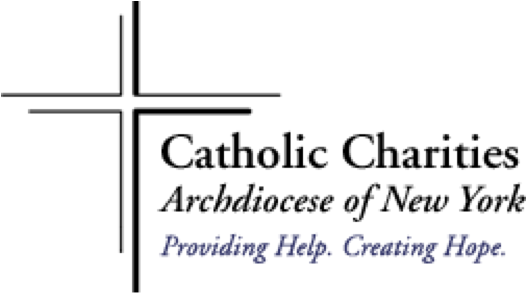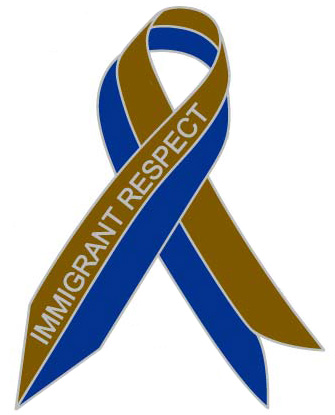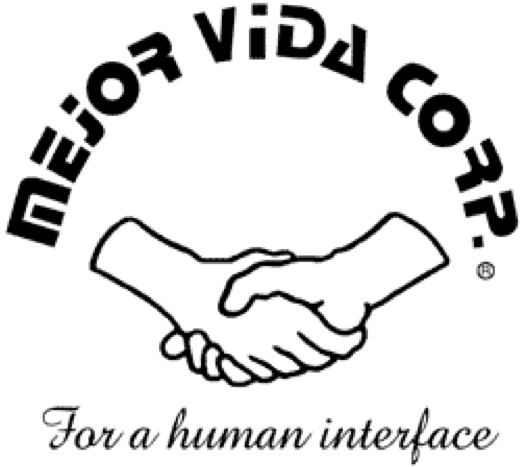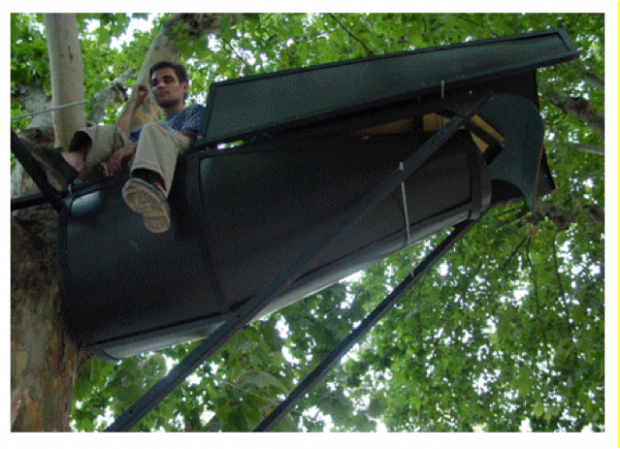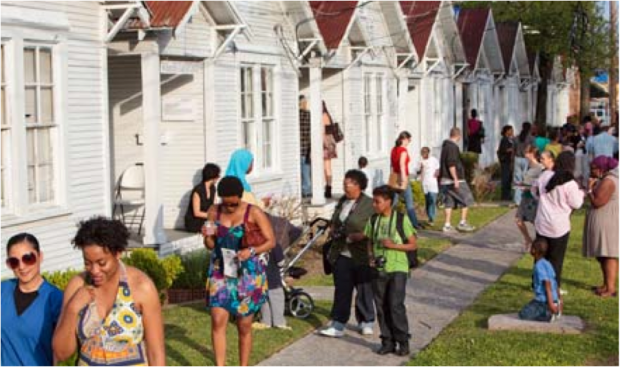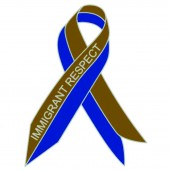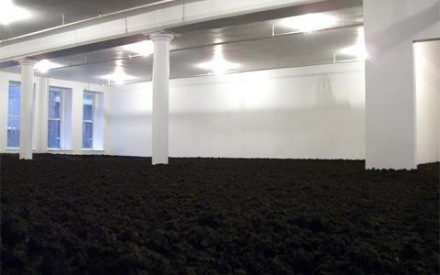
- Walter de Maria, “The New York Earth Room,” 1977
- photo Dia Art Foundation, via http://www.diaart.org/sites/main/earthroom
-
There is always talk about artist privileges, but this is something very difficult to see when you are enjoying them. At least, that was what happened to me. Also, there is a sort of guilt you try to solve by extending privileges. I am not too sure how to solve this because, on the one side, it is true that these “outlaw” expectations (at least moral expectations), this being a “free electron” is what help you imagine and at times even “demand” conditions for a different world. On the other, I very much doubt the validness of what is expected from social and political projects created by artists. Especially what institutions think, because of the infrastructures on which they must function. It is good to know that some institutions (an increasing number of them), when asked about a public project they are supporting, answer that they know the topic, the way in which the artist thinks and relate with the topic and the ways in which they have solved in the past the public elements of their works, but they have no idea what they are specifically going to do. It is not that I think we must enter productive licentiousness or wear out institutions because of a lack of precision, but what this answer means is that the work the institution has done with the artist has to do with the ideas and dynamics which the project will create. This is a symptom that the institution is who is working for the artist and for the piece and not the artist who is working for the institution or that the piece is being adapted to enter into the institution without much trouble and that it is understood that in the implementations of public art pieces with social intentions you cannot arrive with a model to “impose” it in a place because the artist simply wants to do it or because the institution has the money for it. It is not a matter of transporting a bronze sculpture: a social microorganism is being created.
When I see the Land-Art pieces which could remain like permanent exhibitions, or at least temporal exhibitions for some decades – in the appropriate conditions to be experienced inside or outside the institution –, or when I see that institutions have achieved a system to work and collect non-object works, I ask myself: Why are there no institutions doing the same thing today with art of social implications? Why is there no long term commitment by the institutions when they want to have social insertion pieces in their exhibitions and collections? Why is social art collected in the format of a traditional art medium alien to the demands of social art experience? Why do people want to have a conclusion before their eyes when public art works are not seen but understood, experienced, discussed…?
-Tania Bruguera, Paris, before the project starts
(Versión en Español)
Siempre se habla de los privilegios de los artistas pero eso es algo que cuesta mucho trabajo verlo cuando uno lo esta disfrutando, al menos a mí me pasó así. Por otro lado hay una especie de culpabilidad que se quiere resolver con la extensión de los privilegios. No estoy segura cómo resolver esto porque por un lado es cierto que esas espectativas de “fuera de la ley” (al menos la moral), de “electrón libre”, son las que ayudan a imaginarse y a veces hasta “exigir” las condiciones para un mundo diferente. Por otro lado, dudo mucho de la validez de lo que se espera de los proyectos sociales y políticos generados por artistas. Sobretodo por parte de las instituciones, dada las infraestructuras que tienen creadas para funcionar. Es bueno saber que algunas instituciones (cada vez más), cuando les preguntan sobre un proyecto público que están apoyando, responden que conocen el tema, las maneras en las que el artista piensa y se relaciona con el tema y las maneras en las que ha resuelto con anterioridad los elementos públicos de las obras, pero que no tienen idea de lo que van a hacer en términos concretos. No es que yo piense que hay que entrar en el libertinaje productivo o desgastar las instutuciones por falta de concreción, pero lo que significa esa respuesta es que el trabajo que la institución ha hecho con el artista es sobre las ideas y las dinámicas que se van a crear en el proyecto. Eso es síntoma de que la institución está trabajando para el artista y para la obra y no que es el artista quien está trabajando para la institución o la obra siendo adaptada para poder entrar en la institución sin mucha molestia; y que se entiende que en la implementación de las obras de arte público con intenciones sociales no se puede venir con un modelo a “imponer” en un lugar porque el artista quiere hacerlo o porque la institución tiene el dinero, no se esta transportando una escultura en bronce, se esta creando un micro-organismo social.
Cuando veo las obras del Land-Art que lograron quedarse como exposiciones permanentes o al menos temporales por unos cuantos decenios –en las condiciones apropiadas para ser experimentadas, dentro o fuera de la institución– o cuando veo que las instituciones han logrado un sistema para trabajar y coleccionar las obras no-objetuales, me pregunto ¿Por qué no hay instituciones hoy en día que hagan lo mismo con el arte de implicaciones sociales? ¿Por qué no hay un compromiso a largo plazo por parte de las instituciones que quieren tener obras de inserción social en sus exopsiciones y en sus colecciones? ¿Por qué la manera de coleccionar arte social es en el formato de un medio tradicional del arte que es ajeno a las exigencias de vivencia del arte social? ¿Por qué la gente quiere tener una conclusión antes sus ojos cuando las obras de arte público no se ven, se entienden, se experimentan, se debaten…
- Tania Bruguera, Paris, antes de comenzar el proyecto
